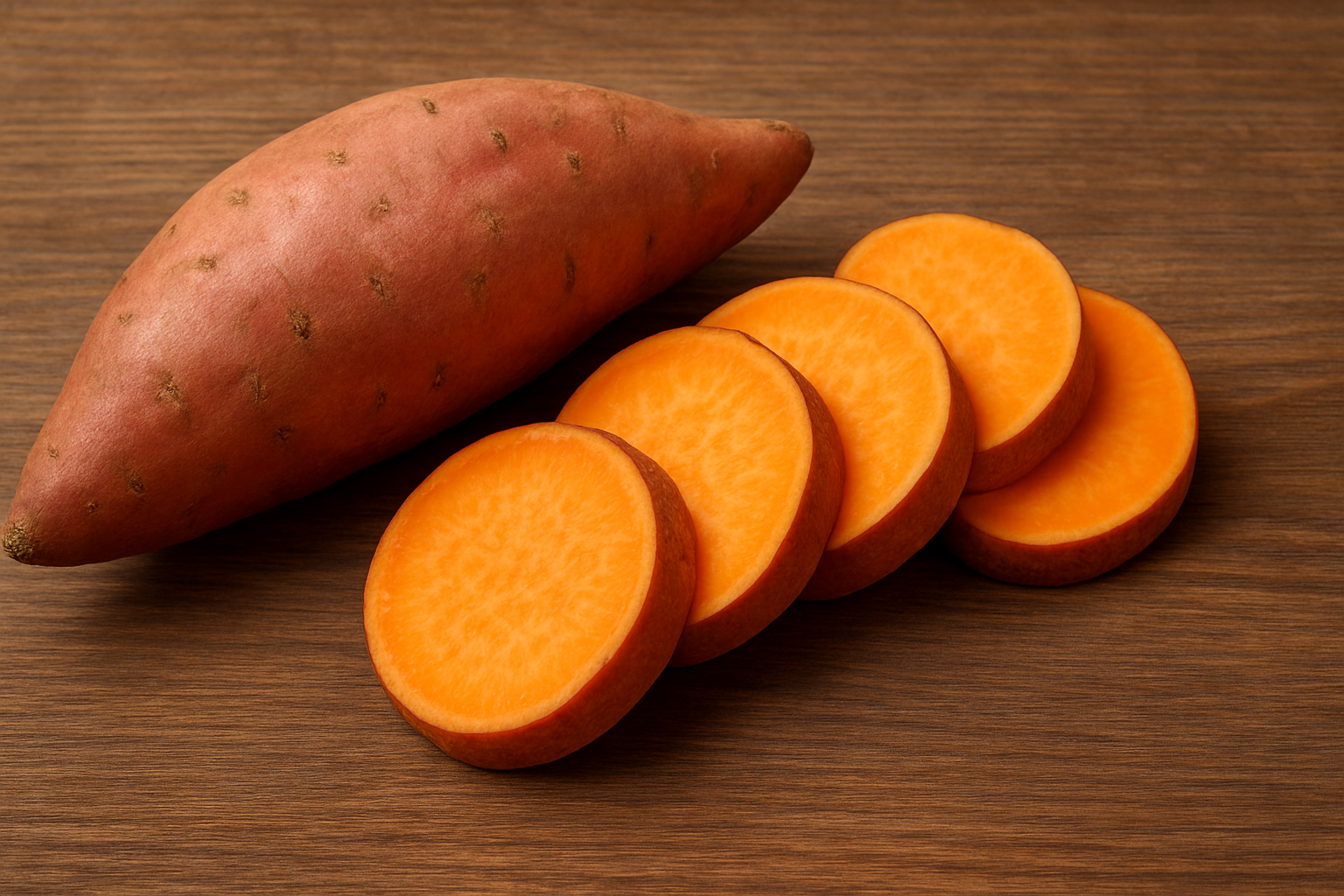1. Same Plant, Different Parts, Different Nutrition
Even within a single plant, the nutritional composition and its effect on our body can be completely different depending on the part. The sweet potato is a prime example of this.
2. The Underground ‘Root’ – The Sweet Potato
– Role: The sweet potato that we primarily eat is the ‘root’ part of the plant, a ‘storage organ’ that stores the energy needed for the plant’s growth in the form of ‘starch.’
– Nutritional Content: For this reason, the sweet potato is classified as a ‘starchy vegetable’ with a very high carbohydrate content. When consumed, it raises blood sugar, so people with diabetes should consider it as part of the grains group, like rice, and control the portion size.
3. The Above-Ground ‘Stems’ and ‘Leaves’
– Role: The stems and leaves of the sweet potato that grow above ground are the organs responsible for ‘photosynthesis,’ creating nutrients from sunlight.
– Nutritional Content: Since these parts do not need to store energy, their carbohydrate content is very low. Instead, they are ‘non-starchy vegetables’ (green vegetables) containing vitamins, minerals, and abundant dietary fiber. Seasoned sweet potato stems are a popular side dish in Korea.
4. Conclusion
Therefore, while a person with diabetes must be careful with the portion size of the carbohydrate-rich root, the ‘sweet potato,’ they can freely eat the ‘sweet potato stems’ or ‘sweet potato leaves,’ which have almost no carbs, as an excellent vegetable side dish without worrying about blood sugar. In fact, their rich dietary fiber can help slow down the rate at which blood sugar rises from the entire meal.
Summary: Even from the same sweet potato plant, the energy-storing root (the sweet potato) is a high-carb food, while the photosynthetic stems and leaves are healthy green vegetables with almost no carbohydrates.


Leave a Reply